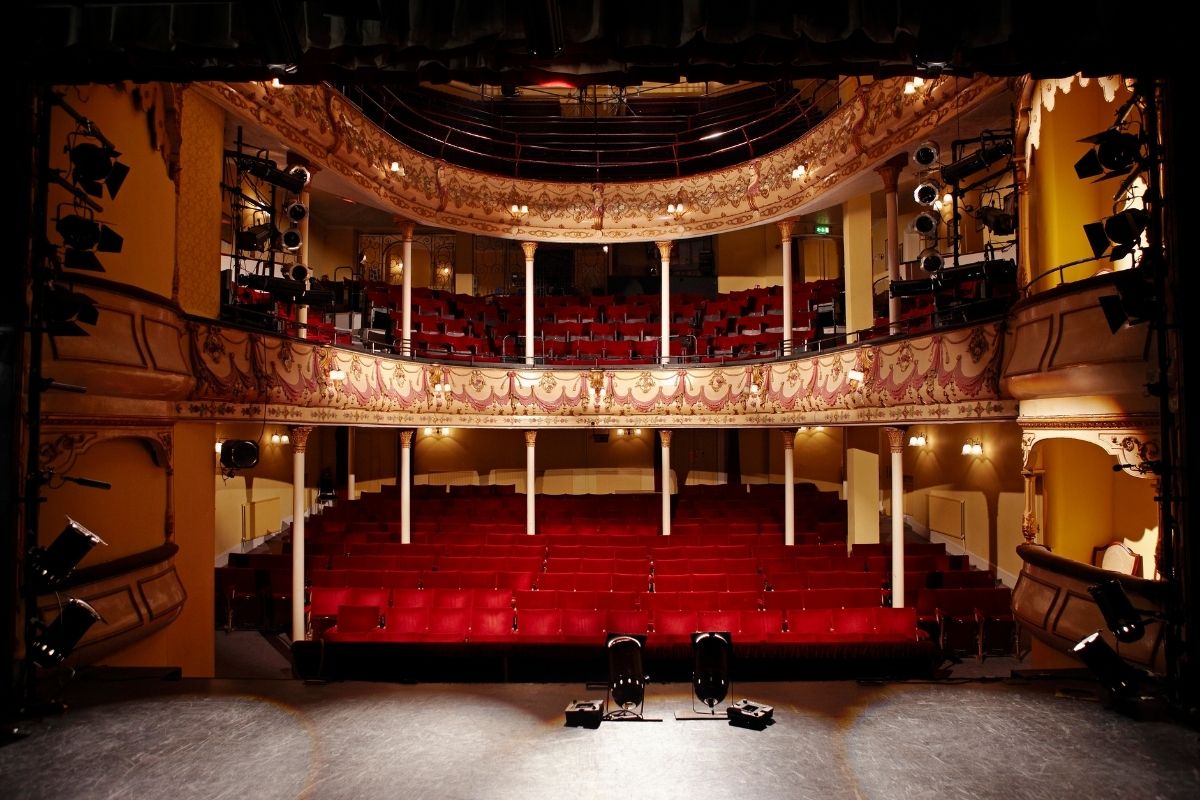The great story of creativity and business in the music industry in 20th-century America has to do with understanding that recorded music is not just a performance art. In your online music education, you’ll develop an understanding of the technology and process of recording music, too.
A great example of how technology changes content is that, when the first records were made on wax cylinders and the early 78s, they came with a time limitation. You could only record, at best, up to three minutes. So, a lot of the jazz bands of that era sped up their performances, playing in double time in order to make their piece fit on the record. Hot jazz, that really fast jazz that people all over the world grew to love, is actually a byproduct of the technology of the time. That wasn’t necessarily how those bands sounded in clubs, but it was how they sounded in the studio.
The reason that that’s really important is because this byproduct of a groove had a huge influence on late-20th-century music. One of the great musicians of the mid-20th century was a guitar player named Les Paul. His name often pops up in music education because he invented and created a very famous electric guitar called a Les Paul.
An interesting anecdote is that Les Paul, one of the great guitar players — sort of the Eric Clapton of his day — had a very bad car accident, and he broke his elbow. They put his elbow in a cast, which was standard practice at the time. Because of this, when his elbow healed, he could never extend his arm the way he did before. So, being an engineering genius as well as a musical genius, he invented a contraption that would let him double-track his guitar lines and sound as fast and as agile as he did before the accident.
That invention was essentially the multi-track recording studio. Les Paul sort of used this as a crutch — almost literally. He used it as a utility. But other people, particularly in the early 1960s, started to understand that the music studio had become an instrument in and of itself.
The first major person in the music industry to understand that was an eccentric man named Phil Spector. He had a storied past, including a murder conviction, and recently passed away while incarcerated in California. However, as a musician, he was a true genius, and he had a genius engineer named Jack Nietzsche.
Together, they somehow stumbled on the fact that the way things sound when played back from a recording is not exactly the way they sound when your ears just hear them. So, they started double-, triple-, even quadruple-tracking instruments, particularly bass and drums. They created this gigantic sound that people called the “Wall of Sound.” That was the first level of the studio becoming, in effect, an instrument.
Then, Spector had two important proteges: Brian Wilson of the Beach Boys, and The Beatles. In the mid-’60s, these artists elevated the recording studio into a more important instrument for the creation of music than the guitar, the drum, the keyboard, or anything else that anybody played.
And at that point, they transformed music from a performance medium into a constructed medium. George Martin, who was The Beatles’ producer, had a great way of explaining what happened. He said, “Before us, recorded music was like photography. After us, it was like painting.” What he meant was that the technology of the recording studio allowed people to be artists and to have full control over their work.


